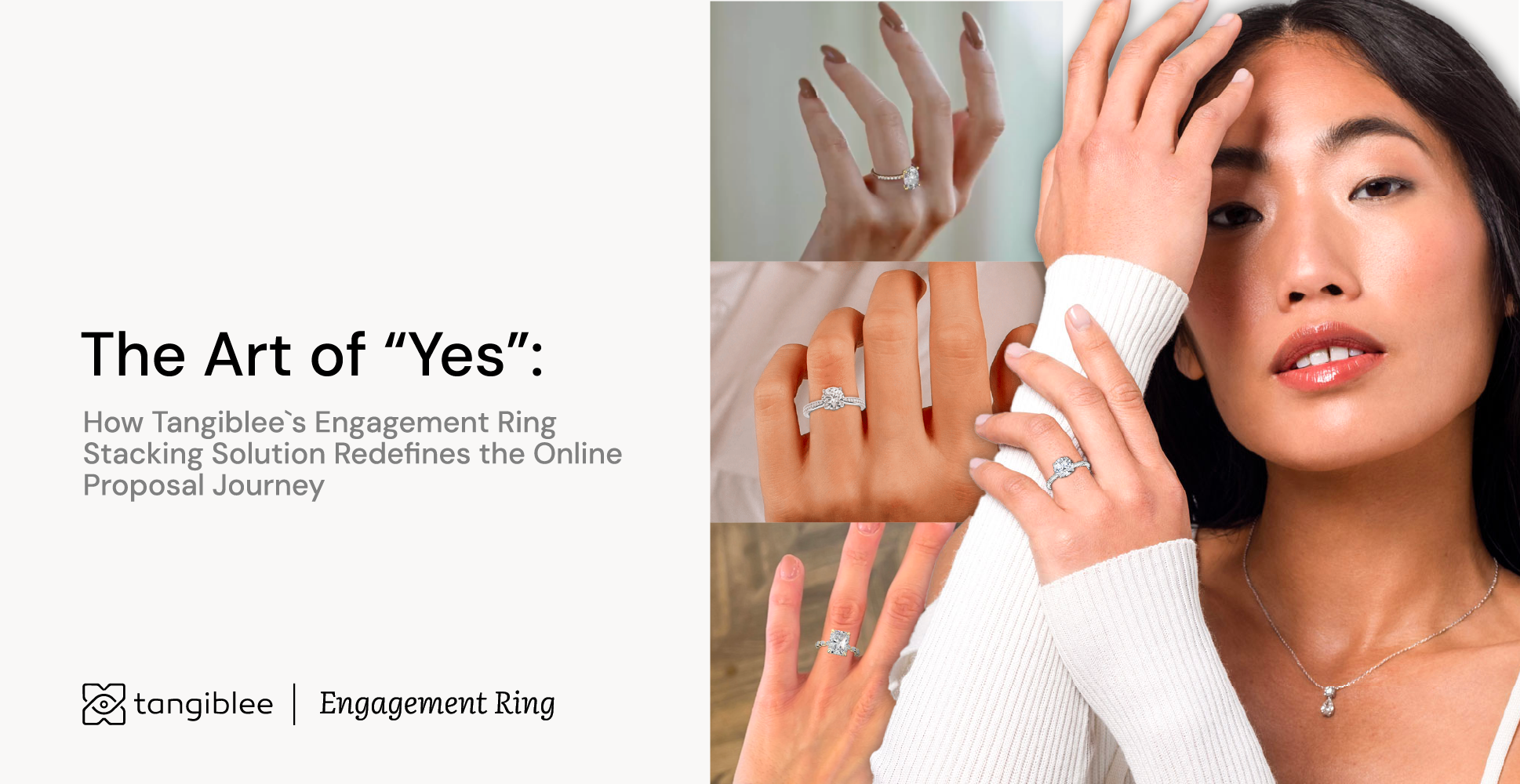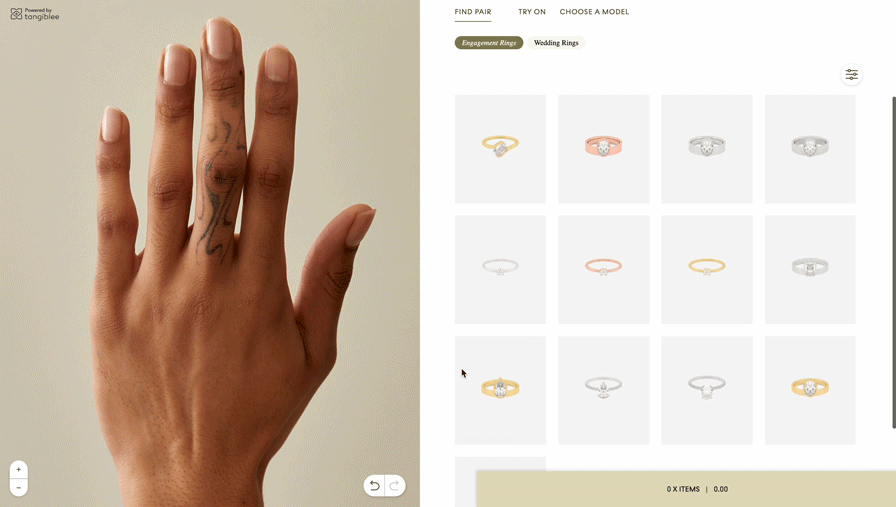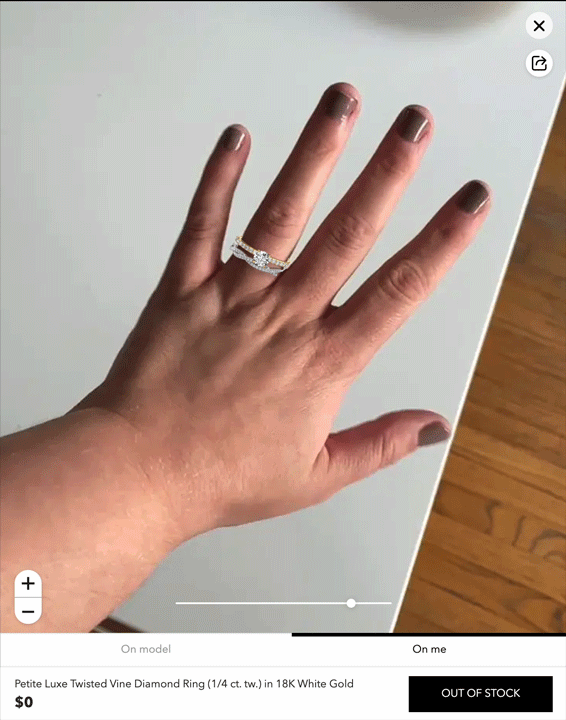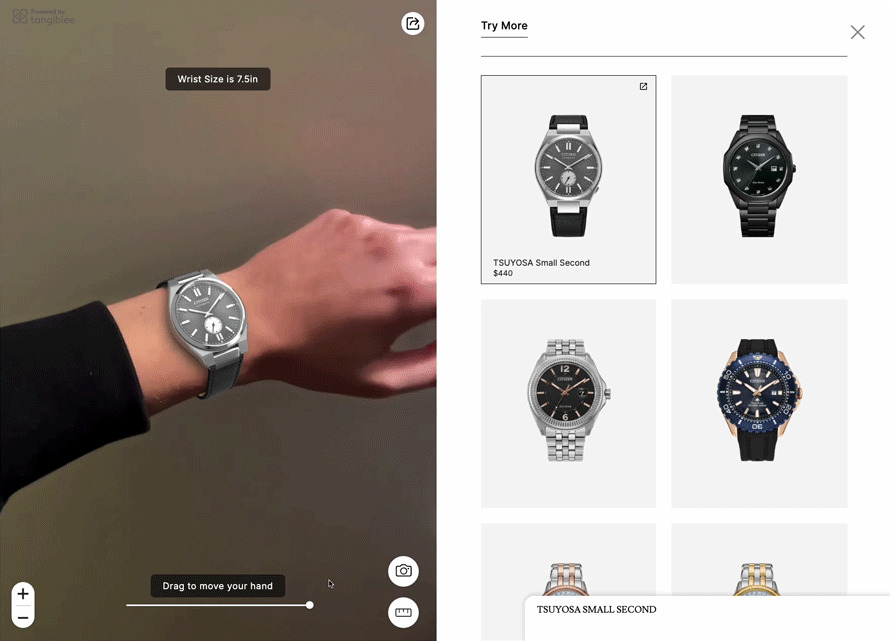How Tangiblee Room View Addresses E-commerce Uncertainties

It’s no secret that shopping for furniture and decor online is difficult for both retailers and consumers. In many cases, these challenges can lead to poor customer experiences even if a retailer does everything right.
What do we mean by this? Every mistake a customer makes, whether intentional or not, represents direct and indirect costs that impact a retailer’s bottom line. Something as simple as returns become increasingly complex in this area.
If a retailer pays for returns, that’s less profit and increases overhead costs. Meanwhile, if a consumer pays for returns, that’s a poor customer experience which still hurts the retailer.
The results? It’s a lose-lose situation for everyone involved.
So, what can retailers do to solve this problem? Now more than ever, it’s vital that you focus on creating an exceptional customer experience, both online and in store. Because when it comes to furniture and home decor shopping, context makes all the difference when it comes to customer confidence.
Read on to learn how the Tangiblee product experience platform is helping furniture and home decor retailers overcome some of their biggest online shopping challenges with its room view solution.
Shopping for furniture online is really hard.
The cost of failure is high when it comes to furniture shopping, which is why context is everything.
Think about it like this: confidence plays an important role in any purchasing decision. And when it comes to furniture shopping, this fear is amplified.
Your customers will wonder about things like:
- Will this piece of furniture fit in my room?
- Does it match well with my other decor?
- Will this piece of furniture work in my home?
Furniture shopping is challenging because it’s hard to contextualize size, scale, and general fit. For these reasons, online furniture retailers face customer doubt and uncertainty. Consumers are more reluctant to purchase furniture online because of how large it is, the difficult returns process, and other restrictive factors.
Here are a few examples of just how challenging shopping for furniture is online:
There’s something to be said about using scalable context to visualize that next piece of furniture you plan to buy.
Let’s unpack this with a simple example: Imagine you’re shopping for a basket from Target to stylize your interior space. You spot three identical baskets in three different sizes.
But there’s a problem.
You aren’t able to determine which basket fits best because it’s difficult to scale what a “medium-sized” basket physically looks like in your space.

What if you really like this basket? It’s everything your nook needs to shine.
You may buy two of the three baskets to test them out at home, with the plan to return the one that doesn’t fit. Sure, this may work. But you know this is a very time-consuming solution to this problem, not to mention an impossible one for larger items such as furniture.

What if there was a better way?
Target might try to make your life easier by showcasing more staged shots of all three baskets in the same space. This would require more cost and effort on their part. Although this may help customers envision the basket in their own space, it might still be challenging to know which basket fits the exact dimensions of their own space.
This solution is expensive for retailers like Target to provide this level of detail with their product content—especially since they are “essentially identical” baskets—even if its capacity and size are dramatically different. And in the end, it doesn’t exactly get the job done for everyday shoppers.
So, what if Target allowed you to contextualize what those baskets look like against each other?
How Tangiblee can add context to every item—quickly.
Tangiblee’s furniture and home decor product experience platform includes multiple features that address these common customer product concerns.
Here are just a few of the ways we are transforming the online furniture shopping experience for retailers:
Room View

Room View is an interactive, purposely uncomplicated capability that allows shoppers to compare items against everyday things like TVs, lamps, dressers—even dogs through an easy-to-create and adjustable room. Customers can build a room specific to their own space’s size and height in just seconds. This intuitive feature allows them to envision what catalog items may look like in their space.
Comparison Feature

Tangiblee's Comparison capability lets shoppers narrow their focus when considering a product. The capability allows shoppers to compare two items at scale—visually—to discover their actual dimensions. Users can even compare multiple SKUs in one environment, creating upsell opportunities.
Lifestyle Content

One of Tangiblee's most unique capabilities is the ability to create lifestyle content for retailers. The Tangiblee Studio capability allows shoppers to place items in the most appropriate setting that best displays their own real-life home or location. This is a great way to see what a specific item may look like in reality.
Tangiblee answers customer product questions in an intuitive, personalized way. In the Muji example below, two baskets are compared side-by-side. Tangiblee has the ability to scale down the basket automatically to offer three different images.
For furniture retailers, this is a game-changer since it allows customers to compare larger furniture products, boosting confidence in the process.

With scalable lifestyle content, your shoppers can:
- See the basket placed in a "real-life scene" that's correctly scaled to provide context
- See what actually fits in the basket
- Compare that basket with similar-sized baskets
Decipher the overall solution for the furniture they are shopping for based on depth, width, and height of the room they are placing it in, adjust the properties of the space
Additionally, shoppers can view different items in the same room, making it easy to find out how something looks with context. You can even change wall colors and floor types to make it even more personalized.
Tangiblee delivers both hard and soft benefits to retailers.
Tangiblee simplifies the customer experience and decision-making process when it comes to online by adding the necessary context, clarity, and confidence needed to convert sales.
You may be thinking: that’s great and all, but how does Tangiblee help retailers like me? Here's a list of the "soft" benefits that come with Tangiblee's solution:
Requires NO additional photoshoots or imagery:
This solution leverages a retailer’s product content by automatically extracting the existing product details and images from a retailer’s product detail pages. It’s the only online product experience that’s scalable.
NO impact on website performance:
Tangiblee is an asynchronous solution that has no impact on website performance since it runs independently.
An uncomplicated online customer experience:
Everything from Room View, compare-to, and lifestyle content assist shoppers in making the right decision the first time. This builds customer confidence, increases buying conversion rates and customer retention, and decreases the number of product returns.
Meaningful engagement between customers & products:
One can envision the yellow couch they’ve been eyeing down at Living Spaces for a while in their online living room space and size it accordingly.
Requires NO technical requirements or support:
This easy-to-use and integrated web-based solution doesn't require large development budgets and ongoing support.
Implement & launch on 10,000 SKUs in in DAYS:
Retailers only need to add one line of code to the backend of their website.
Add context to every product with Tangiblee.
Context, clarity, and confidence are three key factors that can transform the way customers purchase furniture online.
Giving your customers instantaneous insights into whether a product fits in their home, what it looks like, and the ability to compare means fewer returns, more upsells, and an intuitive experience from start to finish.
Schedule a 15-min live demo to discover all of the ways Tangiblee helps their e-Commerce customers answer the most important questions in their journey to check-out.








